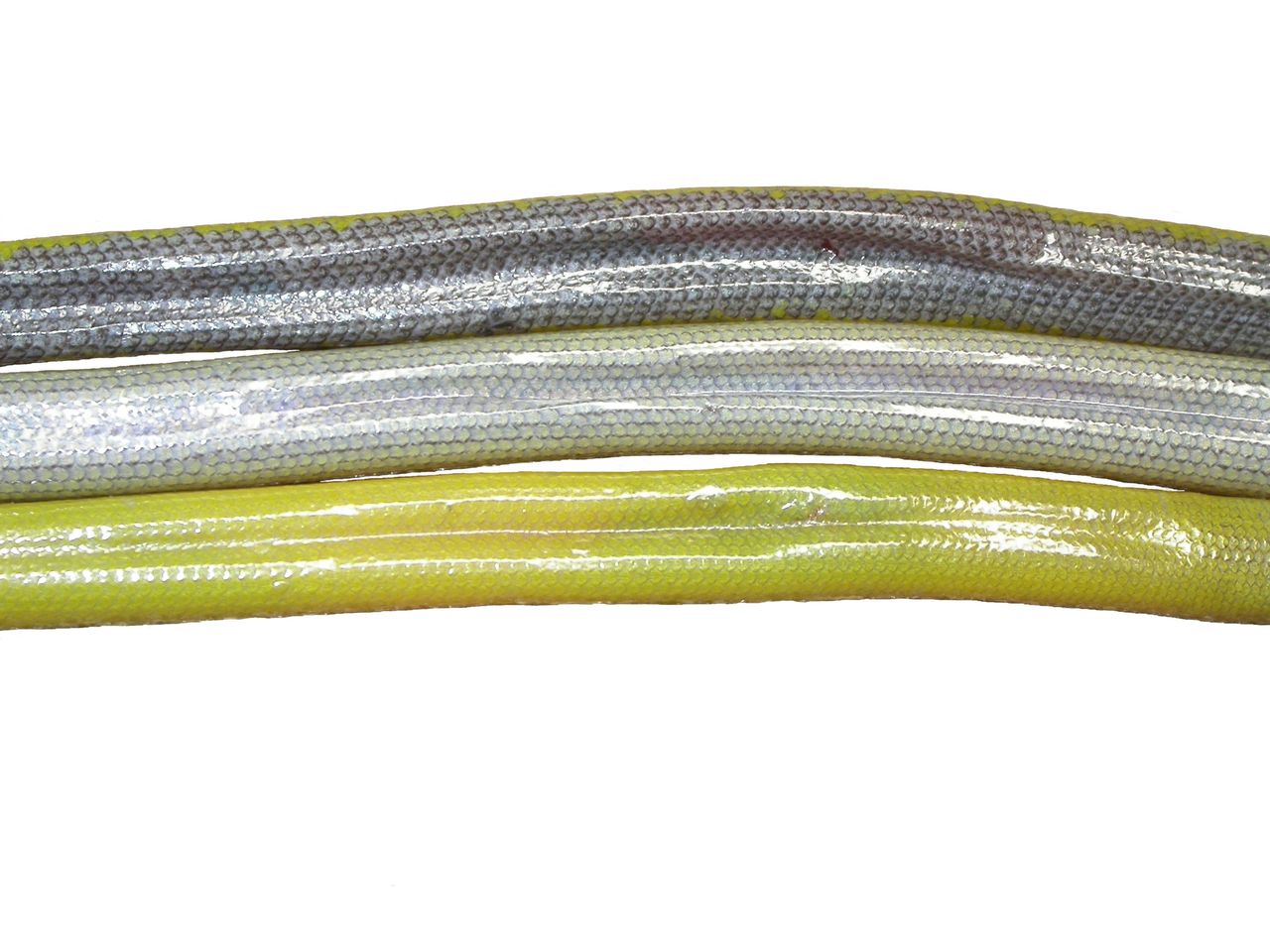Please note: Osher Rainforest will be closed for maintenance Jan. 14–16.
Science News
California Legless Lizards
September 17, 2013
by Molly Michelson

“You don’t have to go to remote places to find biodiversity,” says UC Berkeley’s Ted Papenfuss. “California has so much biodiversity we’re not even aware of.”
Papenfuss is talking about several new, colorful species of legless lizards that he and California State Fullerton’s Jim Parham describe in a new paper, out today in Breviora, a Harvard publication.
Legless lizards, or Anniella, are “cuter than snakes,” says Parham and also distinctive from the other, better-known legless reptiles. For example, “Anniella have eyelids—snakes don’t,” Parham explains. “Legless lizards, like other lizards, can also lose their tails to escape other predators,” adds Papenfuss. “Snakes unhinge their lower jaws to eat their food whole. Lizards, including Anniella, have to chew their food.”
Parham and Papenfuss published a paper in 2009 about a known California species, Anniella pulchra. Through genetic testing of new specimens and museum collections, including the Academy’s, they determined that there are likely more than just the one species of legless lizard here in California. Today’s paper describes four new species.
Confirming the previous genetic work, the team identified Anniella alexanderae, Anniella campi, Anniella grinnelli and Anniella stebbinsi, each occupying a distinct geographical range. The previously known species—Anniella pulchra—has a yellow belly, and the new species have yellow, silver, or purple bellies. The new species can be further distinguished visually by their number of scales or vertebrae. But, the main difference is determined by DNA, which shows that these species diverged from each other millions of years ago.
As Papenfuss noted above, biodiversity can hide in the most obvious places (such as California), but that doesn’t mean it’s easy to find. The trick with these animals is they live underground. They can often be found under logs or leaf litter where there will be some dampness and insects to eat. But, logs and leaf litter aren’t always present in the sand dunes, deserts and grasslands Anniella prefer.
So Papenfuss invented his own “litter”—literally, says Parham. “He’s essentially littering, with permission.” Papenfuss admits he “dumpster dives” on the UC Berkeley campus looking for cardboard. He uses the flattened pieces as man-made leaf litter in the places he thinks Anniella like to hide and leaves the litter out for months as at time. However, he learned quickly to cover the cardboard with some tarpaper, because cows were eating the uncovered cardboard.
Despite today’s publication, Papenfuss isn’t finished dumpster diving. “This is only the beginning of the story,” Parham says. “We need to further study each species’ distribution. At this point, each species has quite small ranges and if that’s truly the case, more monitoring of their habitat needs to be done. If we lose those small spaces, we’ll lose those species.”
Citing human development such as urbanization, agriculture, and oil/gas exploration as threats to the species, the team realizes they’ll have to work quickly to determine where these species occur and how to protect them and their habitats.
By the way, do the new species’ names sound familiar? Each is named after a famous California naturalist—tomorrow we’ll look at the namesakes and ranges for each new species.
Image: James Parham